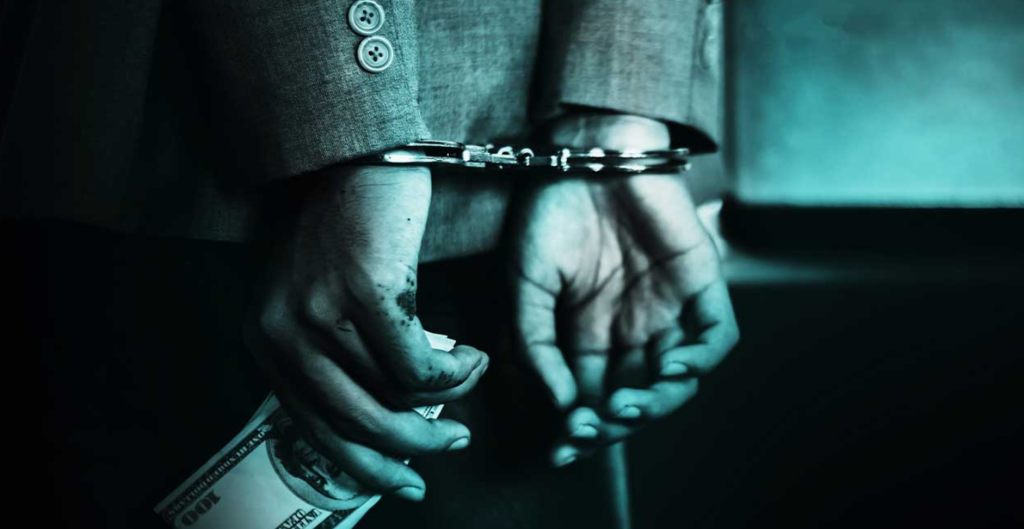In the current economic landscape, there appears to be a stark contrast between government statistics and the lived experiences of many Americans. While official reports tout robust job growth, decreasing inflation rates, and a booming economy, these figures do not align with the realities faced by everyday citizens. Many people express doubts about the accuracy of these statistics, feeling instead that their financial situations are deteriorating. The perception of economic well-being is influenced heavily by personal experiences, leading to a widespread sense of insecurity amid claims of progress.
A major concern haunting many Americans is the phenomenon known as “crimeflation.” This term encapsulates the rising fear of crime alongside economic pressures like inflation. Individuals feel increasingly unsafe within their communities, and this apprehension seems compounded by the broad economic trends being reported. Many people perceive a disconnect between the government’s portrayal of a safe and thriving society and their own narratives of increased crime and instability. This perception intensifies anxieties, leading to a cycle of fear that affects mental health and social cohesion.
In urban and suburban areas alike, residents have expressed heightened concerns over crime rates. Reports of theft, vandalism, and violence contribute to a growing sense of insecurity. Many cite these issues as factors that erode their quality of life, despite official data that may indicate overall safety improvements. This type of fear can lead to significant lifestyle changes, as individuals might avoid certain areas, limit outdoor activities, or invest in security measures. These actions reflect not just a response to crime but also an adaptation to a perceived threat that is now palpable in everyday life.
Moreover, the fear associated with crimeflation cannot be separated from broader socio-economic factors. Many individuals struggle to make ends meet due to rising costs of living, even as they face fears of crime. This intersection of economic difficulty and insecurity creates a complex web of challenges that impacts families and communities deeply. People who are economically strained may find themselves feeling trapped in unsafe neighborhoods, unable to relocate to more secure areas due to financial constraints. This limitation exacerbates their fears, creating a continuous cycle of worry regarding safety and financial security.
Compounding these issues is the role of social media and news cycles in amplifying fear. With the instantaneous nature of reporting, stories of crime can spread rapidly, fueling public concern even if statistically, crime rates are stable or declining. The narratives shared across various media platforms often emphasize sensational incidents, which can skew public perception toward believing that crime is more prevalent than it truly is. As a result, people may feel a sense of paranoia, further influencing their daily behaviors and societal interactions.
Ultimately, addressing the challenges posed by crimeflation requires a nuanced understanding of the relationship between economic conditions and community safety. Policymakers and community leaders are urged to bridge the gap between statistics and reality, fostering environments where citizens feel secure and empowered. This strategy includes prioritizing crime prevention, community engagement, and economic support for vulnerable populations. By tackling these intertwined issues, it is possible to alleviate fears, restore confidence, and create a more cohesive society where individuals feel both economically and physically secure.

